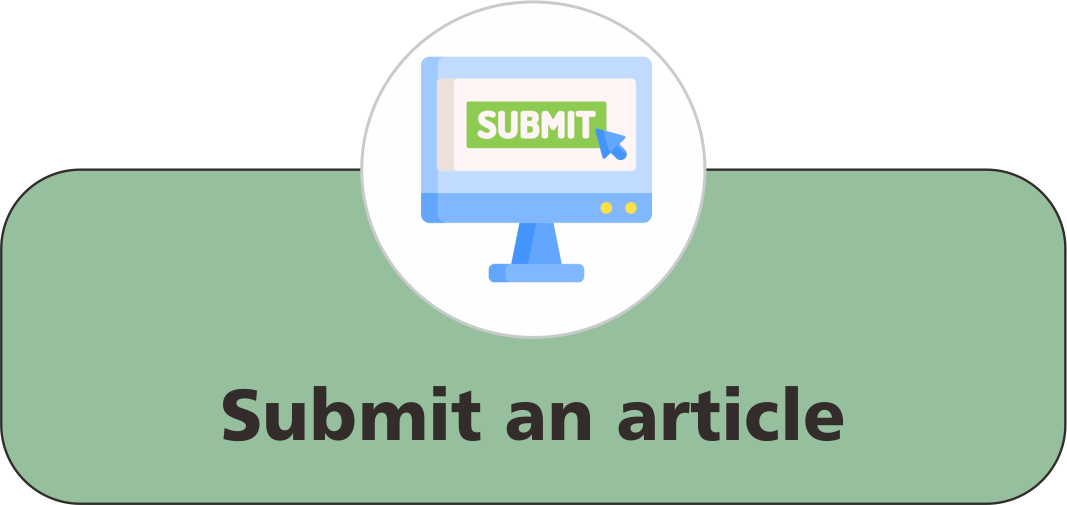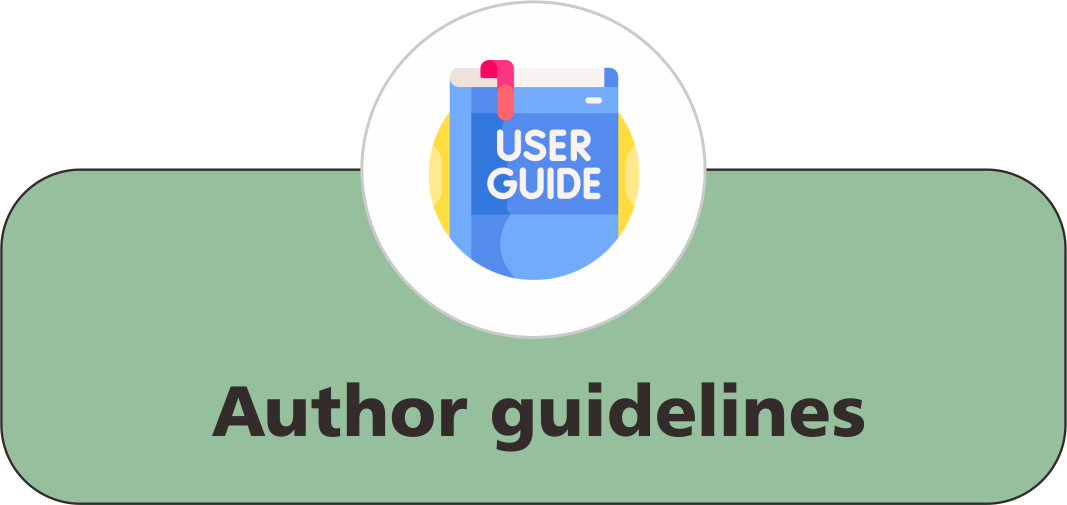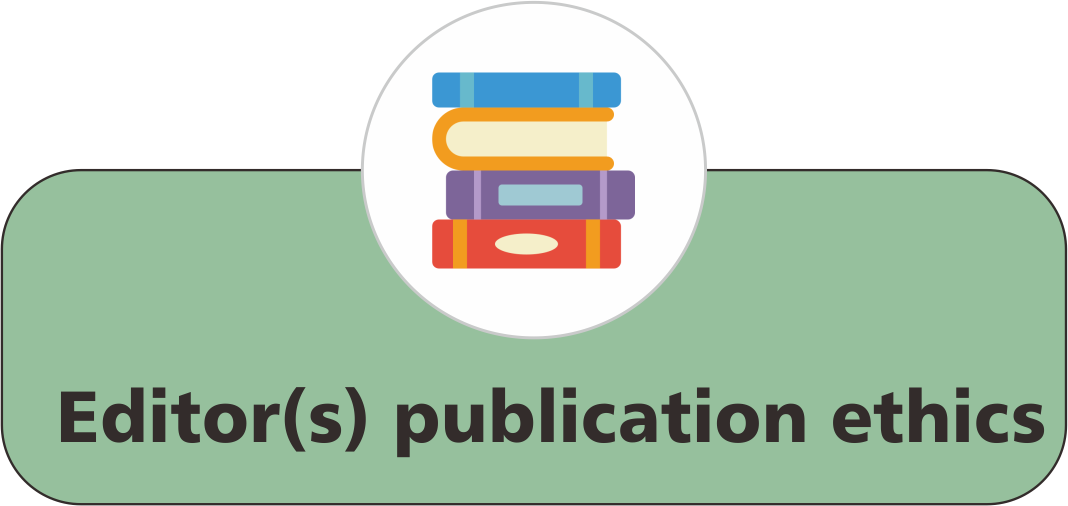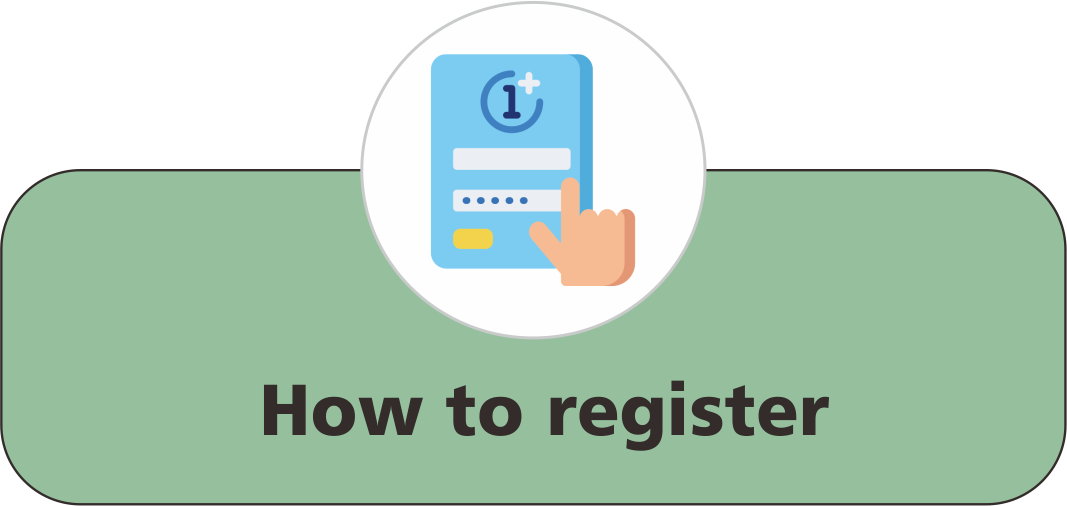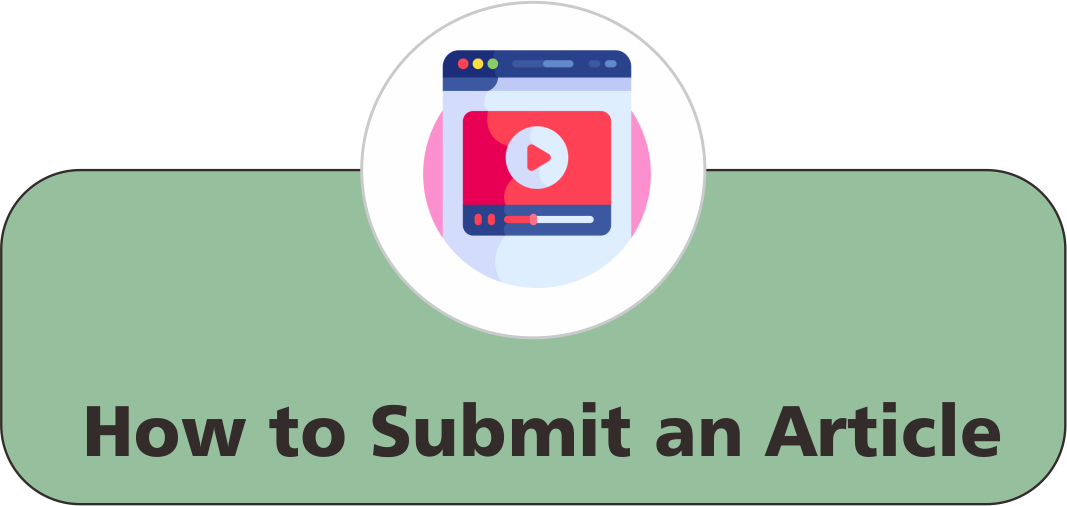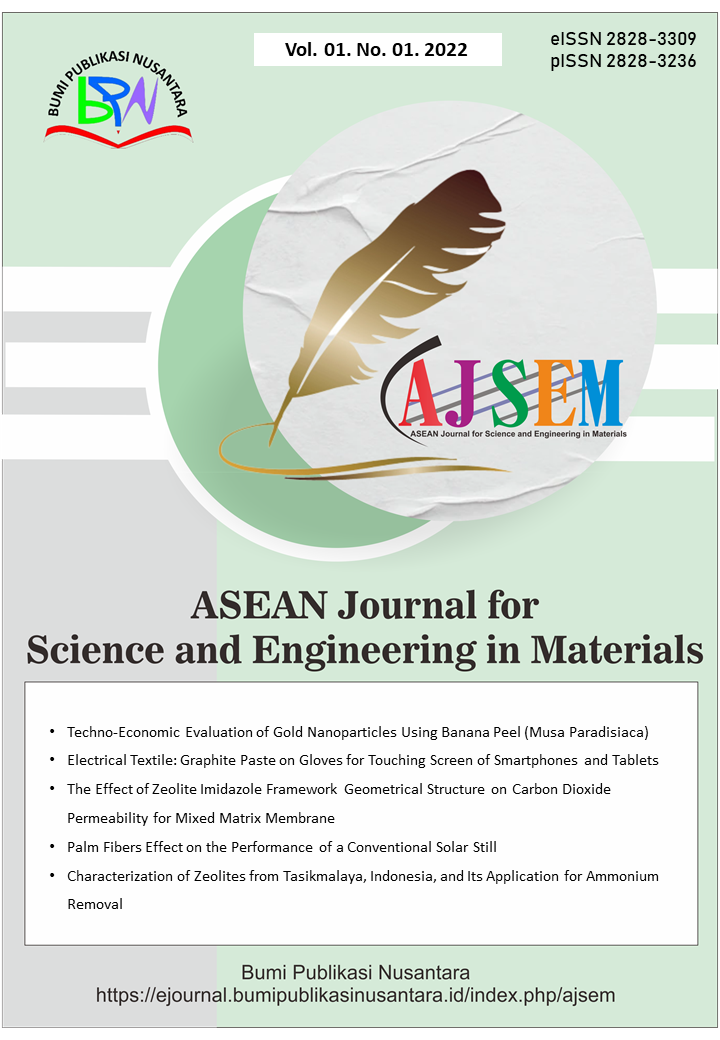Techno-Economic Analysis of the Business Potential of Recycling Lithium-ion Batteries Using Hydrometallurgical Methods
 ), Bambang Priyono(2),
), Bambang Priyono(2),
(1) Universitas Indonesia
(2) Universitas Indonesia
 Corresponding Author
Corresponding Author
Abstract
Indonesia is committed to achieving net zero emissions by 2060 through short-term policies. The focus includes energy efficiency, renewable resources in the electricity sector, and transportation electrification. Transportation electrification leads to increased use of lithium-ion batteries, predicted to grow at a CAGR of 25.45%. The installed capacity of lithium-ion batteries is expected to reach 10.5 TWh, with 8.1 TWh in electric vehicles by 2030. The waste from lithium-ion batteries in Indonesia is estimated to be 250,000 tons by 2020, increasing with electric vehicle policies. By 2040, it is projected to require 0.2 million tons of cobalt and 1.3 million tons of nickel. Recycling support to address domestic lithium unavailability results in a circular economy worth US$ 49,767,416 and reduces emissions by 7,472 tons of CO2 from devices sold in 2022.
Keywords
References
Bahfie, F., Manaf, A., Astuti, W., Nurjaman, F., and Herlina, U. (2021). Tinjauan teknologi proses ekstraksi bijih nikel laterit. Jurnal Teknologi Mineral dan Batubara, 17(3), 135-152.
Bolsi, P. C., Prado, E. O., Lima, A. C. C., Sartori, H. C., and Pinheiro, J. R. (2023). Battery autonomy estimation method applied to lead–acid batteries in uninterruptible power supplies. Journal of Energy Storage, 58, 106421.
Elwert, T., Goldmann, D., Römer, F., Buchert, M., Merz, C., Schueler, D., and Sutter, J. (2015). Current developments and challenges in the recycling of key components of (hybrid) electric vehicles. Recycling, 1(1), 25-60.
Fan, E., Li, L., Wang, Z., Lin, J., Huang, Y., Yao, Y., and Wu, F. (2020). Sustainable recycling technology for Li-ion batteries and beyond: Challenges and future prospects. Chemical reviews, 120(14), 7020-7063.
Flexer, V., Baspineiro, C. F., and Galli, C. I. (2018). Lithium recovery from brines: A vital raw material for green energies with a potential environmental impact in its mining and processing. Science of the Total Environment, 639, 1188-1204.
Jiang, S., and Song, Z. (2022). A review on the state of health estimation methods of lead-acid batteries. Journal of Power Sources, 517, 230710.
Kala, S., and Mishra, A. (2021). Battery recycling opportunity and challenges in India. Materials Today: Proceedings, 46, 1543-1556.
Kelly, J. C., Dai, Q., and Wang, M. (2020). Globally regional life cycle analysis of automotive lithium-ion nickel manganese cobalt batteries. Mitigation and Adaptation Strategies for Global Change, 25, 371-396.
Kholkin, A. I., Pashkov, G. L., and Belova, V. V. (2000). Binary extraction in hydrometallurgy. Mineral Processing and Extractive Metullargy Review, 21(1-5), 217-248.
Kühne, P., Pöschke, F., and Schulte, H. (2018). Fault estimation and fault‐tolerant control of the FAST NREL 5‐MW reference wind turbine using a proportional multi‐integral observer. International Journal of Adaptive Control and Signal Processing, 32(4), 568-585.
Larouche, F., Tedjar, F., Amouzegar, K., Houlachi, G., Bouchard, P., Demopoulos, G. P., and Zaghib, K. (2020). Progress and status of hydrometallurgical and direct recycling of Li-ion batteries and beyond. Materials, 13(3), 801.
Metzger, P., Mendonça, S., Silva, J. A., and Damásio, B. (2023). Battery innovation and the circular economy: What are patents revealing?. Renewable Energy, 209, 516-532.
Pagliaro, M., and Meneguzzo, F. (2019). Lithium battery reusing and recycling: A circular economy insight. Heliyon, 5(6), e01866.
Puspita, A. N. G., Haryanto, I., and Salsabila, A. M. (2021). Peluang pertumbuhan dan prospek pasar daur ulang baterai di Asia Pasifik. Jurnal Rekayasa Pertambangan, 1(1), 25-33.
Rahmanta, M. A., Adhi, A. C., Tambunan, H. B., Digwijaya, W., Damanik, N., and Hasibi, R. A. A. (2023). An analysis of national position, opportunity, and challenge of indonesia’s nuclear program to support net-zero emissions by 2060. Energies, 16(24), 8089.
Salafudin, S. (2021). Sumberdaya alam lithium Indonesia. Rekayasa Hijau: Jurnal Teknologi Ramah Lingkungan, 5(2), 178-187.
Sommerville, R., Zhu, P., Rajaeifar, M. A., Heidrich, O., Goodship, V., and Kendrick, E. (2021). A qualitative assessment of lithium ion battery recycling processes. Resources, Conservation and Recycling, 165, 105219.
Speirs, J., Contestabile, M., Houari, Y., and Gross, R. (2014). The future of lithium availability for electric vehicle batteries. Renewable and Sustainable Energy Reviews, 35, 183-193.
Vanderburgt, S., Santos, R. M., and Chiang, Y. W. (2023). Is it worthwhile to recover lithium-ion battery electrolyte during lithium-ion battery recycling?. Resources, Conservation and Recycling, 189, 106733.
Xu, C., Dai, Q., Gaines, L., Hu, M., Tukker, A., and Steubing, B. (2020). Future material demand for automotive lithium-based batteries. Communications Materials, 1(1), 99.
Article Metrics
Abstract View : 1255 times
: 1255 times Download : 806 times
Download : 806 times
Refbacks
- There are currently no refbacks.
Copyright (c) 2023 Bumi Publikasi Nusantara

This work is licensed under a Creative Commons Attribution-ShareAlike 4.0 International License.

